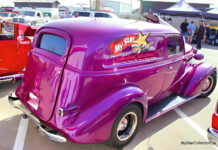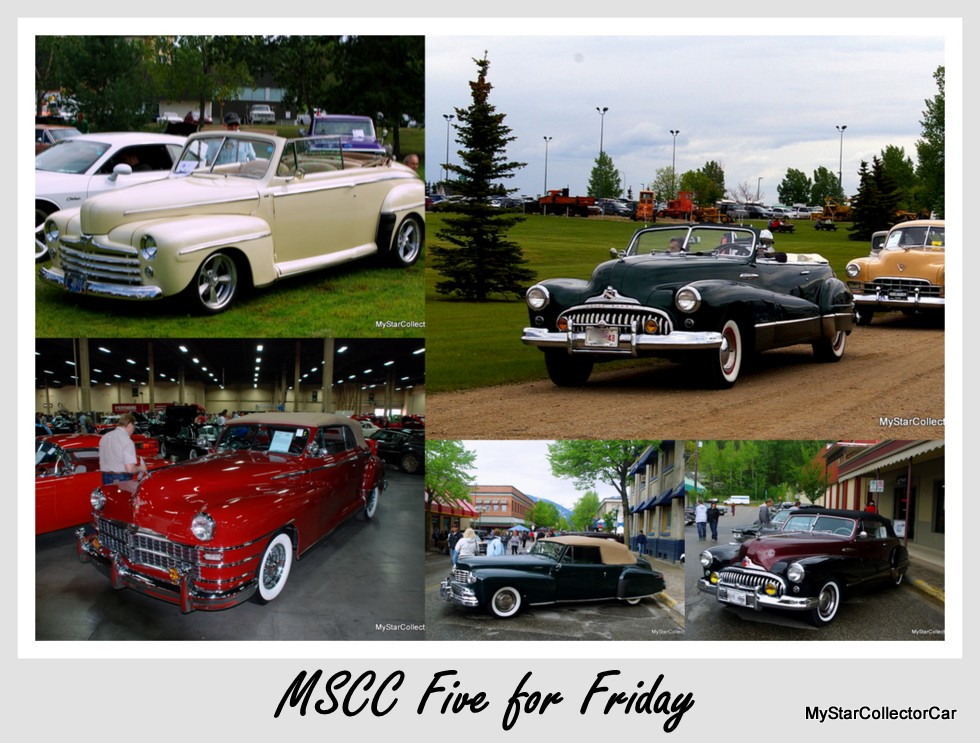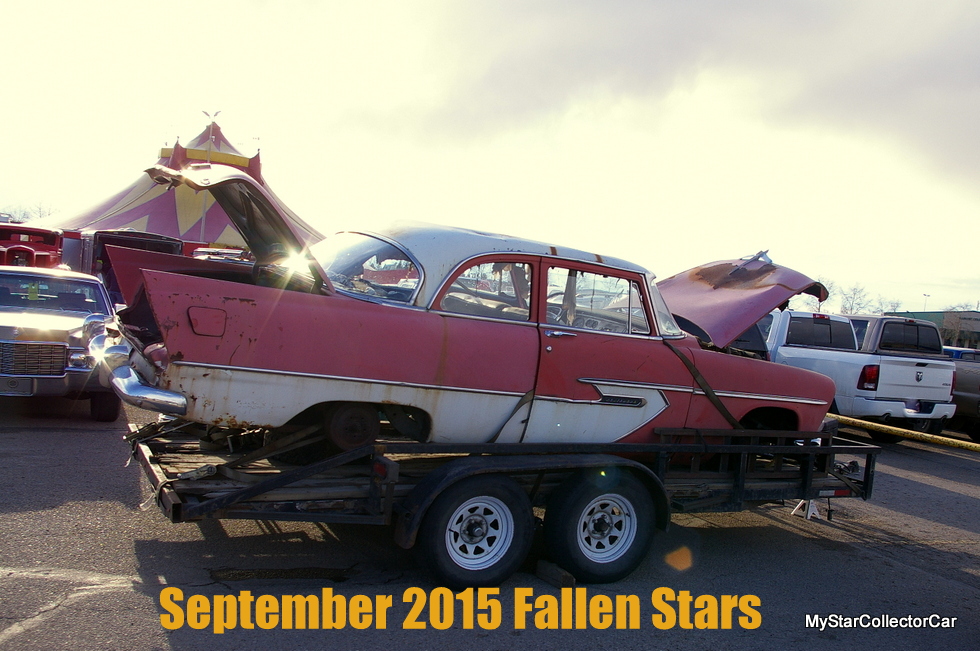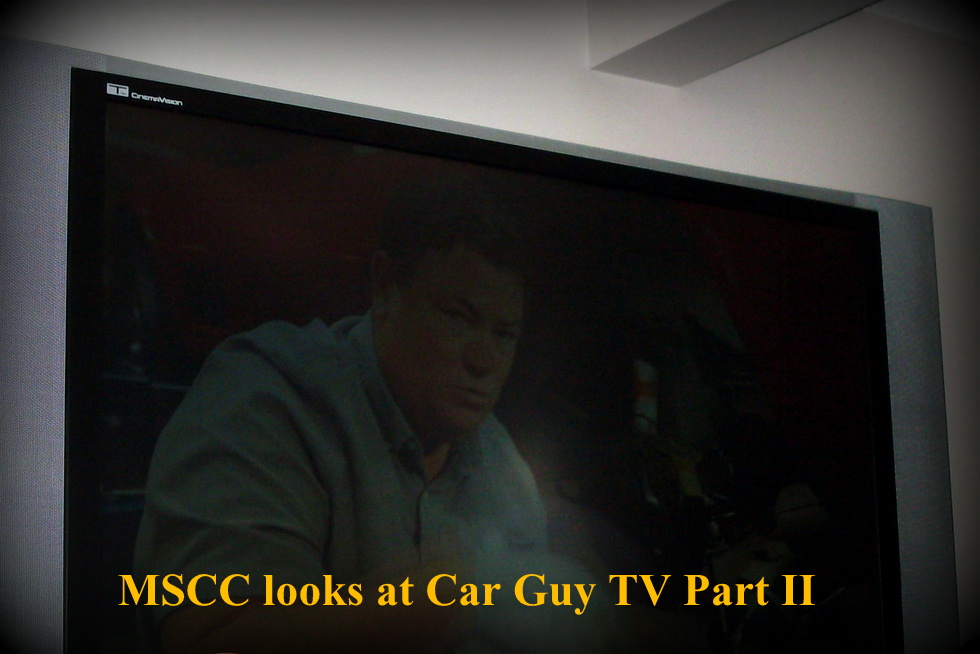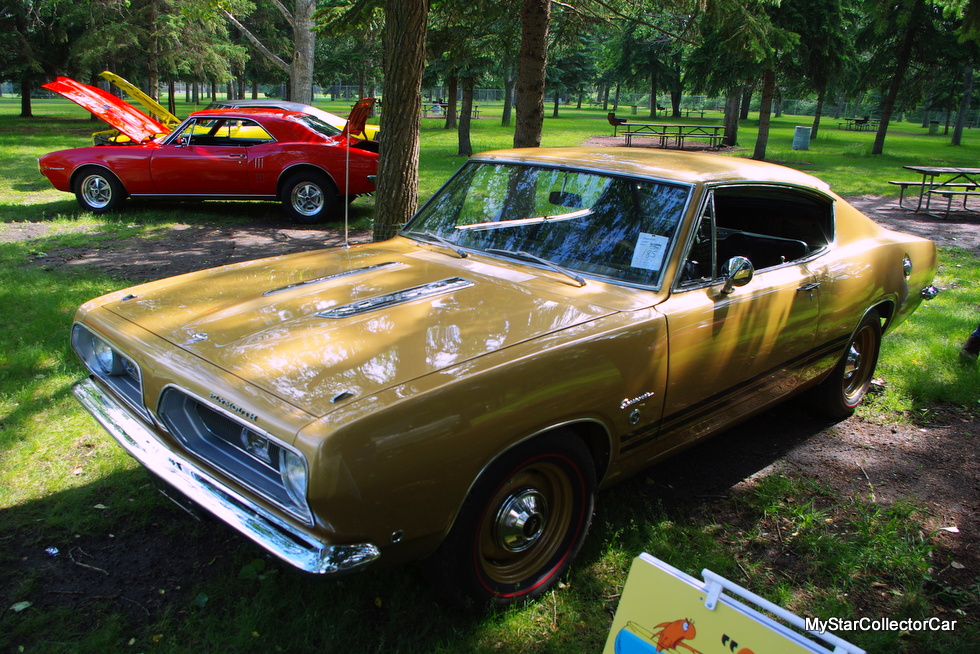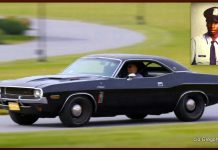Every set of identical siblings is very aware of the confusion they cause whenever they appear together in the public eye, particularly when the sibling count gets beyond the typical twin count of two.
The challenge for outside observers is to sort out their differences so they can properly identify the clones.
Vintage cars can also be very similar in appearance, so MyStarCollectorCar decided to give a basic tutorial on the 1967-69 Dodge Dart models because the cars closely resembled each other during their three-year production period.
Jim Sutherland
The first recognizable difference is the lack of side marker reflectors/lights on the side of the 1967 Dodge Dart. Bureaucratic mandates that forced domestic car makers to include side marker lights did not take effect until 1968 so a ’67 Dodge Dart had a sidelight-free zone on its front fenders and rear quarter panels. The side marker light law was designed to prevent collisions when cars entered a roadway from a side road because the lights made approaching drivers better aware of their presence.

Theoretically, a Dodge Dart without side marker lights is a 1967 model-unless the current owner follows the path of many car guys and welds a patch into the fender hole when he removes the lights during a resto mod or custom project. Many car guys do not like side marker lights.

Let’s assume the Dodge Dart retains its factory side marker lights for our second recognizable different. Most 1968 Mopar models had round side marker lights, including the 1968 Dodge Dart, while the 1969 Dodge Dart had rectangular side markers. Additionally, the ’68 Darts’ side marker lights were electrically wired into the overall light system while the ’69 Darts had non-electrical reflector side markers.

MyStarCollectorCar’s second way to identify 1967-69 Dodge Dart differences was their front ends. A ’67 Dart had an inverted grille with rectangular signal lights built into the grille, a minimalist look compared to the 1968 model.

The newer ‘68 Dart had plenty of brightwork that formed a horizontal bar supporting round signal lights across its grille. Some 1968 Darts also had a vertical bar in the center of the grill that resembled a chrome cross.

The circular style of the front signal lights on a 1968 Dodge Dart brings MyStarCollectorCar to our third style difference because the 1969 Dodge Dart had rectangular signal lights in its front grille’s horizontal bar, presumably to coordinate with its rectangular side markers in terms of overall style symmetry.

The fourth MyStarCollectorCar addition to our list is a subtle style difference between a 1969 Dodge Dart and its predecessors from the previous two years found in the ’69 Dart’s grille. The center of a 1969 Dart’s front grille had a slight protrusion that is not found in the 1967-68 Dodge Darts but is visible to the naked eye. This feature is likely reserved for 1967-69 Dodge Dart fanatics and borders on chronic nerdhood, but it is a discernable difference in a ’69 Dart.

Our fifth and final way to identify the differences between 1967-69 Darts are the rear ends of these famous Mopar compacts. Basically, it was a numbers game because the 1967 Dart’s taillights were one-piece (with backup lights in its bumper), the 1968 Dart was a three-piece horizontal system including backup lights in the middle, while the 1969 Dart’s taillights were a two-piece vertical system with backup lights mounted on one side of the lights’ two sections.

The 1967-69 Dodge Darts were arguably the most famous years for the famous Mopar models, particularly the 1968-69 versions equipped with the legendary 340 small block that turned these compact cars into road rockets in a small package.

Every Dodge Dart built from 1967 to 1969 was a style winner, but there are enough differences to make all three production years a unique part of the vintage car hobby.
Jim Sutherland
BY: Jim Sutherland
Jim Sutherland is a veteran automotive writer whose work has been published by many major print and online publications. The list includes Calgary Herald, The Truth About Cars, Red Deer Advocate, RPM Magazine, Edmonton Journal, Montreal Gazette, Windsor Star, Vancouver Province, and Post Media Wheels Section.
- CLICK HERE to Sign Up for the Newsletter
- CLICK HERE to Like us on Facebook
- CLICK HERE to Follow us on Twitter
- CLICK HERE to Follow us on Pinterest









